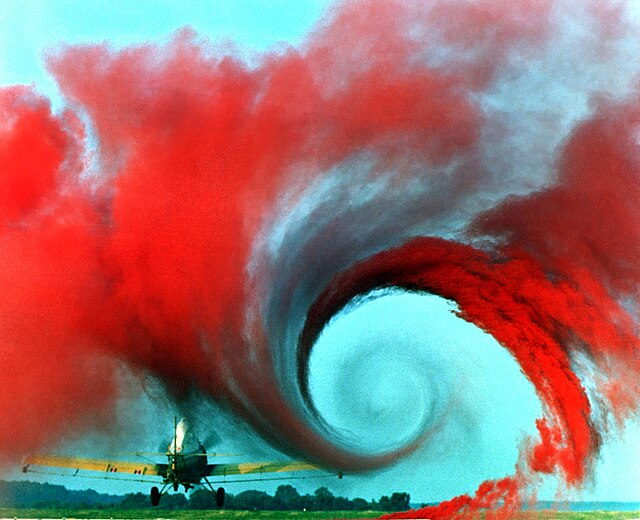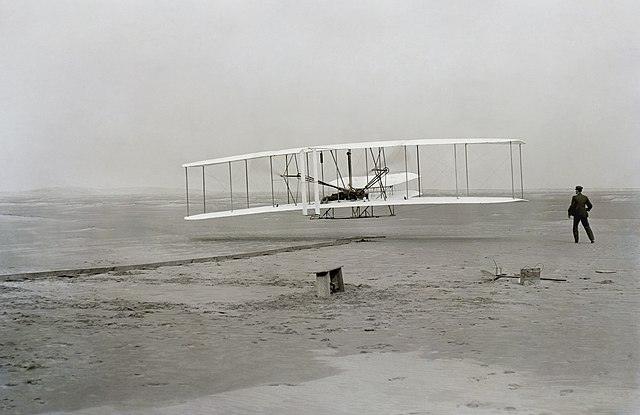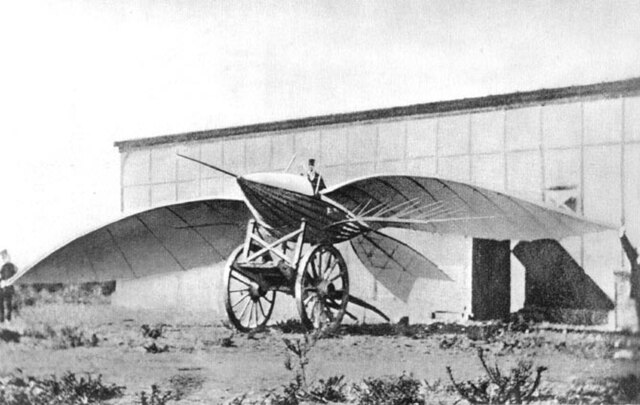Aerodynamics is the study of the motion of air, particularly when affected by a solid object, such as an airplane wing. It involves topics covered in the field of fluid dynamics and its subfield of gas dynamics, and is an important domain of study in aeronautics. The term aerodynamics is often used synonymously with gas dynamics, the difference being that "gas dynamics" applies to the study of the motion of all gases, and is not limited to air. The formal study of aerodynamics began in the modern sense in the eighteenth century, although observations of fundamental concepts such as aerodynamic drag were recorded much earlier. Most of the early efforts in aerodynamics were directed toward achieving heavier-than-air flight, which was first demonstrated by Otto Lilienthal in 1891. Since then, the use of aerodynamics through mathematical analysis, empirical approximations, wind tunnel experimentation, and computer simulations has formed a rational basis for the development of heavier-than-air flight and a number of other technologies. Recent work in aerodynamics has focused on issues related to compressible flow, turbulence, and boundary layers and has become increasingly computational in nature.

A NASA wake turbulence study at Wallops Island in 1990. A vortex is created by passage of an aircraft wing, revealed by smoke. Vortices are one of the many phenomena associated with the study of aerodynamics.
A replica of the Wright brothers' wind tunnel is on display at the Virginia Air and Space Center. Wind tunnels were key in the development and validation of the laws of aerodynamics.
A Ministry of Aircraft Production poster on aerodynamics
An airplane or aeroplane, informally plane, is a fixed-wing aircraft that is propelled forward by thrust from a jet engine, propeller, or rocket engine. Airplanes come in a variety of sizes, shapes, and wing configurations. The broad spectrum of uses for airplanes includes recreation, transportation of goods and people, military, and research. Worldwide, commercial aviation transports more than four billion passengers annually on airliners and transports more than 200 billion tonne-kilometers of cargo annually, which is less than 1% of the world's cargo movement. Most airplanes are flown by a pilot on board the aircraft, but some are designed to be remotely or computer-controlled such as drones.
The first flight of an airplane, the Wright Flyer on 17 December 1903
North American P-51 Mustang, a World War II fighter aircraft
An All Nippon Airways Boeing 777-300ER taking off from New York JFK Airport
Le Bris and his glider, Albatros II, photographed by Nadar, 1868







